Ethnobotany of Religious Practices in Kumaun (Havan)
Synopsis
Havan in Kumaun is performed on various auspicious occasions to seek blessings of the Gods. Various plants and plant products, which are being used by humans for day to day needs are used in Havan. In other word the burning of mixture of various aromatic herbs in the fire accompanied by invocation and offering to the Gods is known as Havan. Many 'Chants' are also based on the plants. In addition many plants are worshipped at the time of Havan according to the occasion. All plants are not used in same Havan. In this study, the description of Havan is based on the sixteen important ceremonies (p.7) considered important in the life of a human being. In folklore and practice Havan is also performed at various occasions in addition to these sixteen ceremonies. Special attention has been paid to Karnhvedh, Jneu, and Wedding ceremonies (35 plants; 33 other products; 18 plants used for Havan samagri). Ceremonies, where Havan is prohibited are listed. A short account of local Gods (13), Goddesses (5) have been described in addition to those worshipped by Hindus throughout India. Folk songs (on seven plants), folk lores (on eight plants) used in Havan are also given. Our cultural practices like 'Havan' have served purpose of bringing the whole community together imparting message of purity and cleanliness. It has served the purpose of conserving our traditional heritage since the time of Vedas and Puranas.
Read more
73.80
66.42
$
82.00 $
Free delivery Wolrdwidе in 10-18 days
Ships in 2-4 days from New Delhi
Membership for 1 Year $35.00
Get it now and save 10%
Get it now and save 10%
BECOME A MEMBER
Books by the same authors

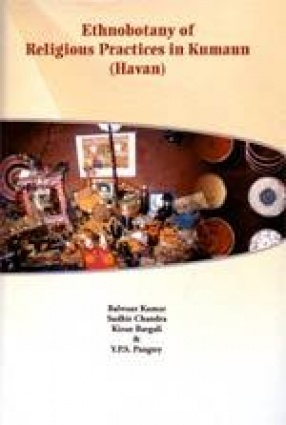
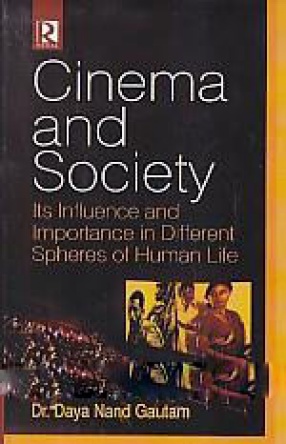
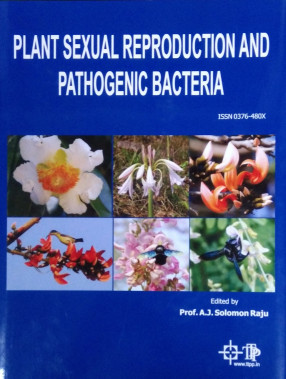
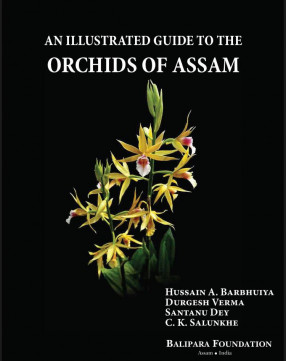
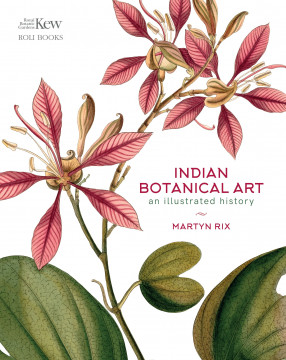
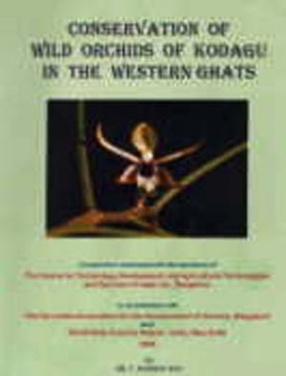

Bibliographic information
Y.P.S. Pangtey
Kiran Bargali
Balwant Kumar